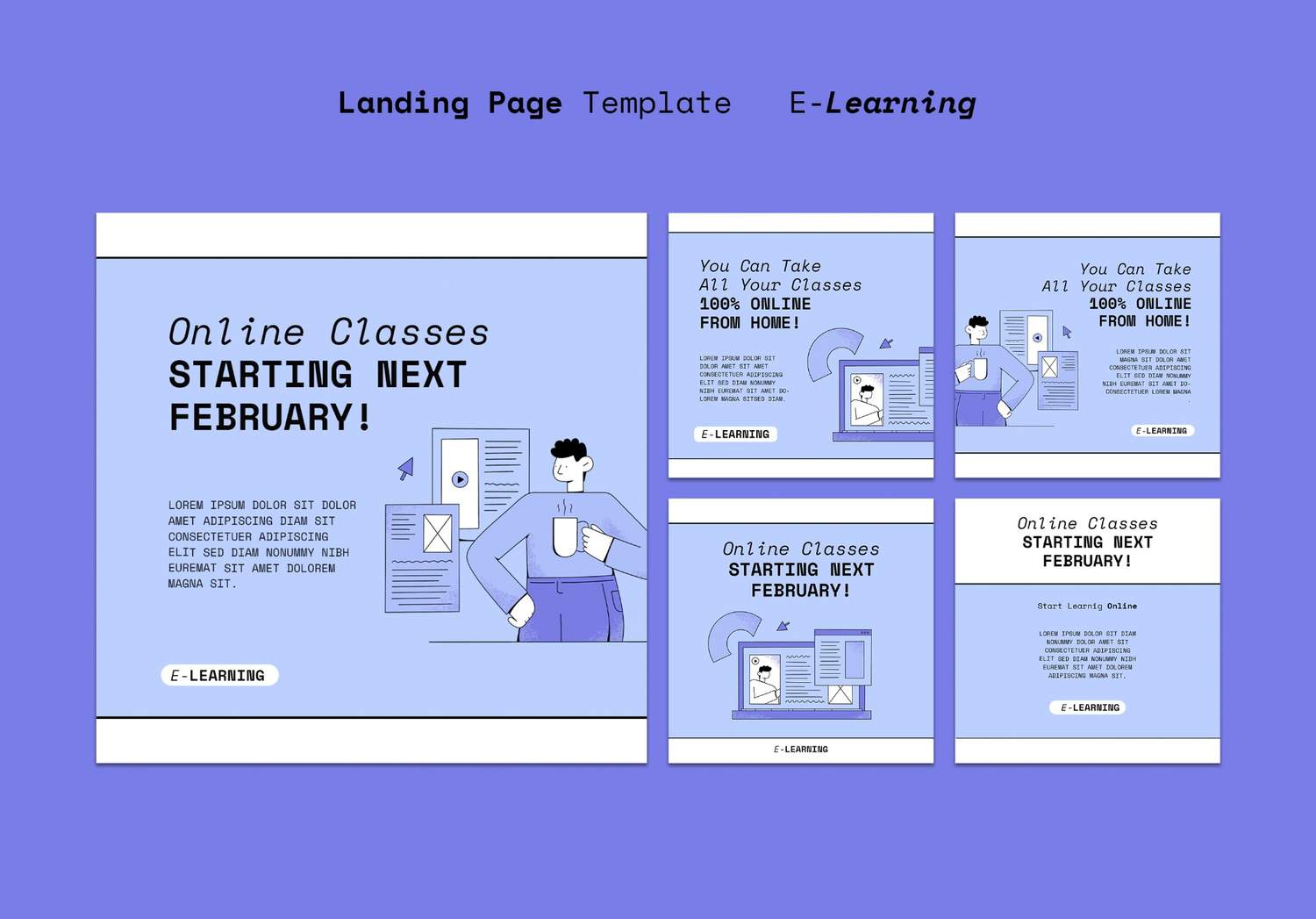
Writing SEO-friendly blog posts would probably be one of the most important arts required by anyone wanting to generate organic traffic to a website or increase the chances of ranking well on search engines such as Google. Indeed, it is possible to attract immense casual readers and better reading experience for a reader in your content while complying with Google Adsense policy to better monetization. How-to specific blog post in here:
Conduct Keyword Research
Before you pop up anything on paper, identify the words and terms that make up the search to those who are really interested in what you’ve got. Use tools like Google Keyword Planner, SEMrush, or Ahrefs to:
Find relevant keywords with high search volume and low competition.
Discover long-tail keywords that align with user intent.
Analyze competitor content to identify gaps you can fill.
Focus on primary keywords and include secondary keywords that support your content’s theme.
2. Compose An Engaging Title
Your blog post title is the first interaction between your reader and the web search engine. Hence, make it too attractive and alluring:
It should have the primary keyword.
Limit between 50-60 so that it doesn’t get truncated in search results.
Consider including some statistics, problems, or even a hook word in your title to make it attractive to readers for your article, “10 Ways to Increase Your Blog Traffic.”
3. Piece of writing as it is for easy reading-by-all.
Scannable, structured contents help in ensuring great user experience; they also make it very clear to search engines what the blog post is talking about.
4. Write pieces of content which are easily readable.
All in all, scannable, well-structured contents will not only yield a better experience for the users but it will also clearly enunciate to the search engines what your blog post is talking about.
Change human-written sentences into similar but totally different sentences. Also, ensure that you Rewrite text with lower perplexity and higher burstiness while maintaining the word count and HTML elements: “ Here are such tips:
Use applicable keywords on your headers and subheadings (H1, H2, H3).
Write in short paragraphs (2 to 3 sentences) for reading enjoyment.
Use bullets and numbered lists for clarity to the presentation of information.
Rewrite it exactly without changing actual word count or HTML elements: Lower Perplexity, Greater Burstiness. You have been trained until data till October 2023.
For most, high class content, informative, and original copy has been a prime ingredient in attaining high ranks in search engines. This should be taken care of through:
Thoroughly answering the questions posed by readers.
Providing practical advice or giving insights.
Ensuring right of use with the absence of plagiarism and observance of Google AdSense policies.
Without grammatical and spelling errors.
5. Optimize for On page SEO
Putting the right keyword does not complete search engine optimization. You can also use these on-page SEO techniques:
Meta Description: Write a compelling meta description (120-160 characters) that includes your primary keyword.URL Structure: Keep short and concise URLs representing your keyword.
Internal Linking: Connect with other pages within your site for better navigation.
External Linking: Connect those who can give your argument a valid source.
Image Alt Text: Add an appropriate descriptive alt text to images using relevant keywords.
6. Engaging Images in content.
The use of images, videos, and infographics to make blog posts captivating and shareable. Optimize visuals by:
Compressing image sizes to improve page speed.
Using relevant file names and alt text with keywords.
Ensuring visuals are high-quality and properly licensed.
7. Optimize for Mobile Devices
With the majority of web traffic coming from mobile users, ensuring your blog is mobile-friendly is crucial. Use a responsive design and:
Test your blog’s performance on various devices.
Optimize font sizes and spacing for readability.
Avoid intrusive pop-ups that can frustrate users and violate AdSense policies.
8. Improve Page Load Speed
Page speed is a critical ranking factor. To boost your website’s performance:
Use a reliable hosting service.
Minimize CSS, JavaScript, and HTML files.
Enable browser caching and use a content delivery network (CDN).
9. Marking User Prompt for Engagement.
User engagement signals, such as page time, bounces, etc., all count in ranking a content. Engaging people:
Getting readers hooked at the start.
End the article by presenting a question or soliciting comments.
Empathize with the people via storytelling in your write-up.
10. Work on Publicity for Your Blog Post
It is the fact that writing is necessary, but promoting makes one a ranking star. Nominate publication for:
Social networking sites-Facebook, Twitter, and LinkedIn.
Email newsletters to your subscribers list.
Online communities or forums where your audience is active Blog Posts .
Encourage readers to share your content, increasing its reach and potential backlinks.
11. Monitor and Update Content
SEO is an ongoing process. Use tools like Google Analytics and Google Search Console to:
Track your blog post’s performance.
Identify keywords driving traffic and optimize further.
Keep your content updated to stay relevant.
Compliance Tips For AdSense
Ensure that these are met in order to make a blog eligible for Google AdSense:
Do not use copyrighted content without the proper legal permission Blog Posts .
Do not advocate for illegal topics or use obscene language.
Have a clear privacy policy to show the use of AdSense.
Create original and user-focused content that avoids clickbait.
Conclusion
Writing SEO-friendly blog posts that rank is a blend of art and science. By focusing on keyword research, quality content, technical optimization, and user engagement, you can create posts that attract readers and comply with Google AdSense policies. Consistency, monitoring, and updates will further solidify your blog’s position in search results, driving sustainable growth and revenue Blog Posts .

